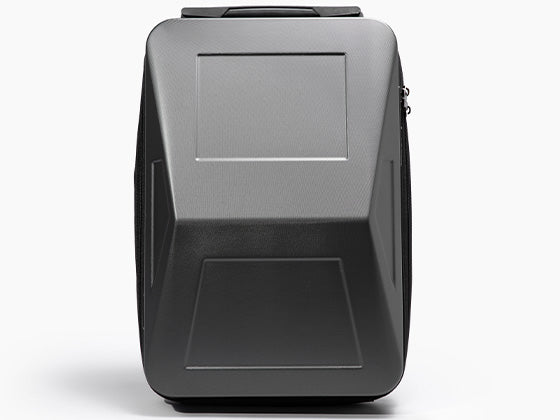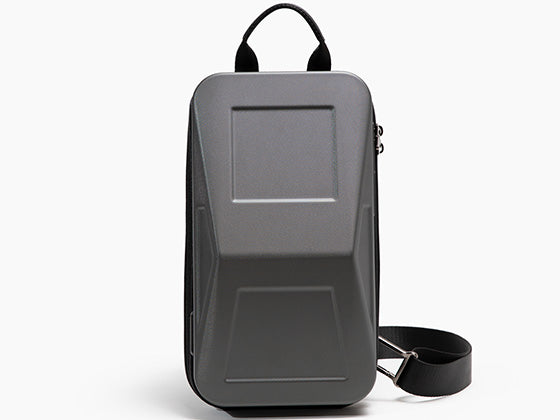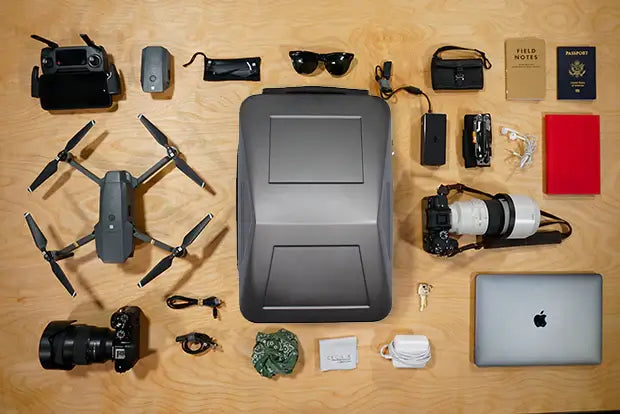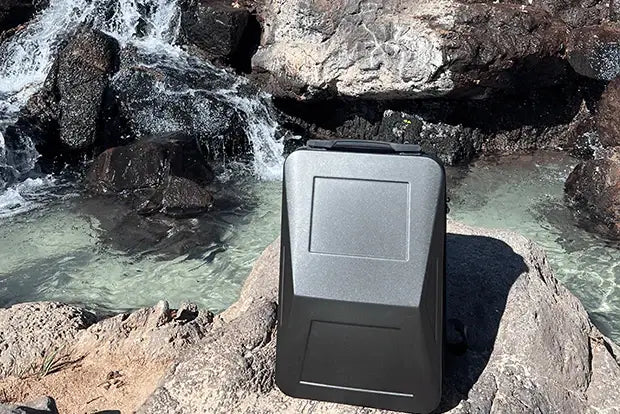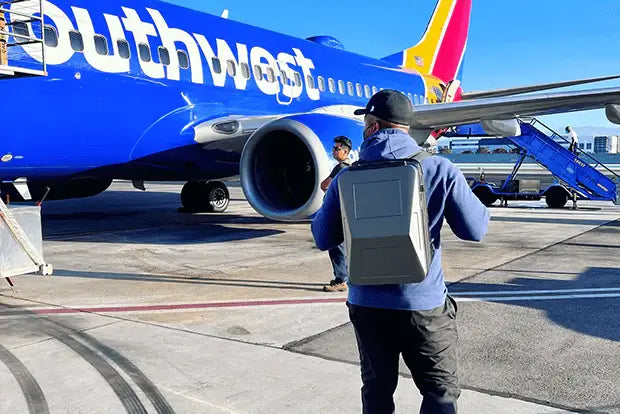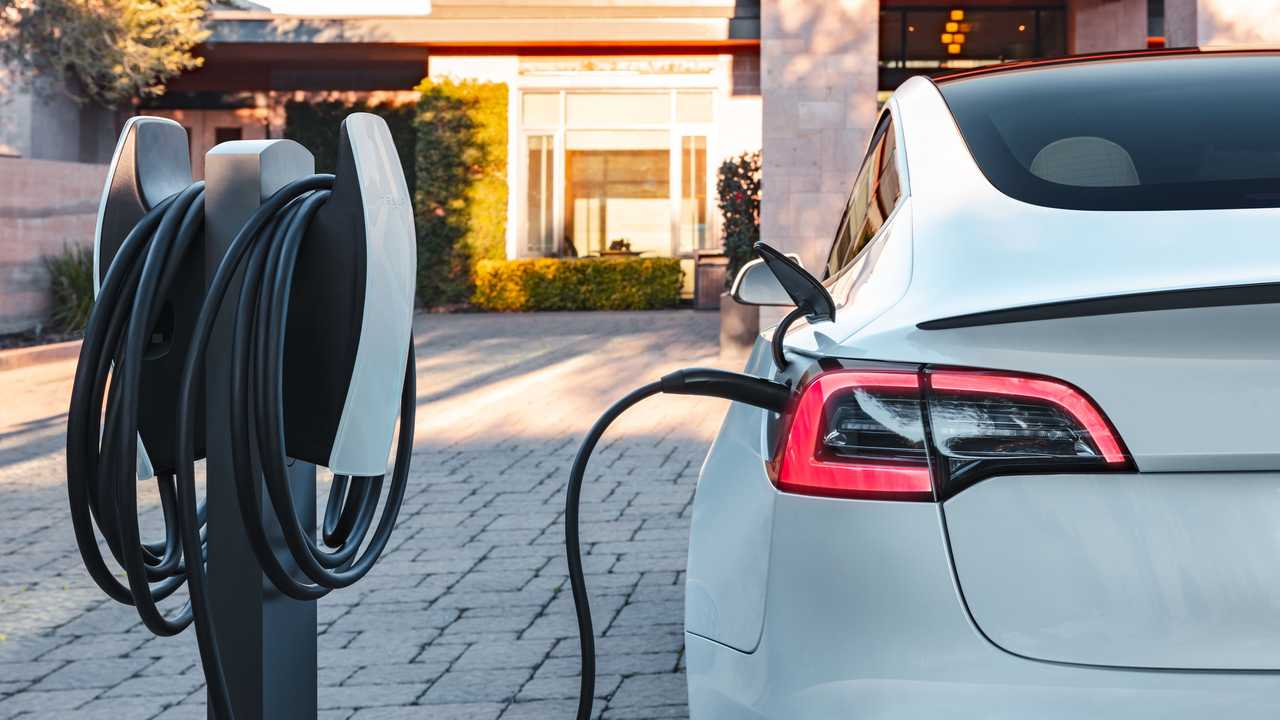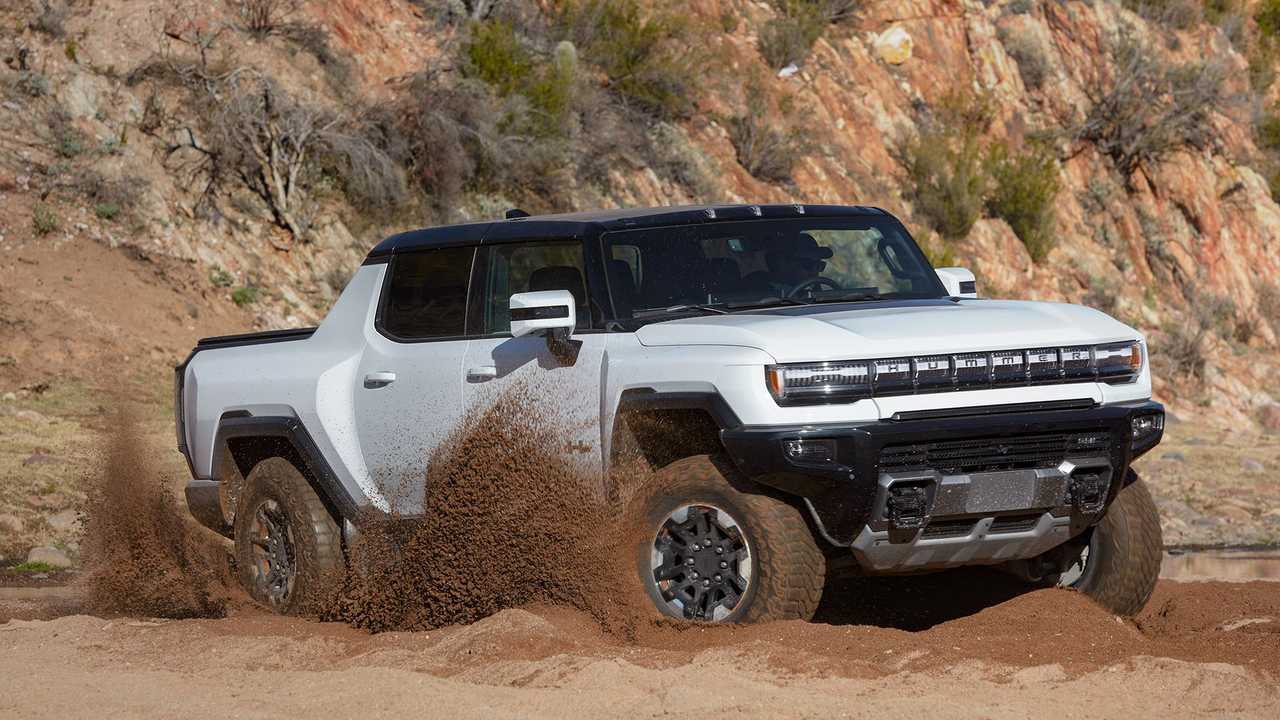Most consumers assume that Fast charging will charge your EV from 0-100 and typically the same speed and rate of charging throughout. However, the truth is that fast charging is often only fast to a point.
This happens because, at a certain point of charge, your electric vehicle (EV) battery management software will usually request that the charger slow down because the battery is becoming too hot.
By design, EV rapid charging slows down as the battery draws near to being completely charged to prevent overheating. This is because prolonged high heat will stress the battery and impair its capacity to hold a charge and thus speeding up its degradation. Therefore it is wise for the charging pace to begin to slow down as the battery approaches 80% and that's why 80% is a suggested limit for daily charging cycles.
Fast charging is currently the quickest of the three charging levels - L1, L2, and L3. With Fast charging, you can typically recharge your EV to 80% in 20 to 45 minutes, depending on the speed of the fast charger and the maximum charging speed your EV will allow.
When doing a cross-country road trip, fast chargers are the most effective at getting you to your destination quicker. Recharging with a Level 2 charger, such as the one you'd find in your garage, may take up to five or six hours.
When you plug in most electric vehicles, it will inform you how long it will take to get a full charge. An EV is always communicating with the charging station and can request more or less electricity dependent on battery temperature and capacity.
Early EVs were more vulnerable to battery degradation from repeated fast charging, which might limit a battery's life and reduce the maximum charge it could take as time goes on. For safer rapid charging with minimal battery deterioration, modern EVs now include more complex battery-management systems that employ fans and liquid cooling/heating."
Many EVs get frequent software updates over the air that assist to keep the battery cool, which means you may notice quicker charging speeds - and even slightly higher range if the update advises the car to dip into spare battery space that it hasn't been utilizing. This was a method pioneered by Tesla and not standard with most EVs today.
Today, depending on the manufacturer, it's not uncommon to have the battery management modified for faster-charging speeds via over-the-air updates or dealership visits.
While rapid charging on older generation EVs often slowed once the battery reached 80% capacity, this is beginning to change on newer EV models with quicker charging speeds and larger batteries.
Outside of Tesla's Supercharger network, the quickest fast chargers are used to deliver up to 50 kilowatts. There are quicker chargers available, the fastest being 350 kilowatts, but most automobiles cannot manage that charging speed. EVs have a maximum charging rate, regardless of how fast the charger is. So if your EV is not designed to accept 350 kilowatts of charging, its battery management system will restrict the intake to its maximum allowed capacity.
The 2022 Hyundai Ioniq 5, for example, can charge at up to 350 kilowatts, a 2022 Porsche Taycan at up to 270 kilowatts, and a 2022 Audi E-tron SUV at up to 150 kilowatts. So, if you're at a 50-kilowatt charging station with a car that can handle a quicker charge, it might not slow down at 80%.
Almost every modern electric vehicle can charge at or over 50 kilowatts, and most EVs designed to charge at 250 kilowatts or more can easily handle 50 kilowatts to over 90% before slowing down.
